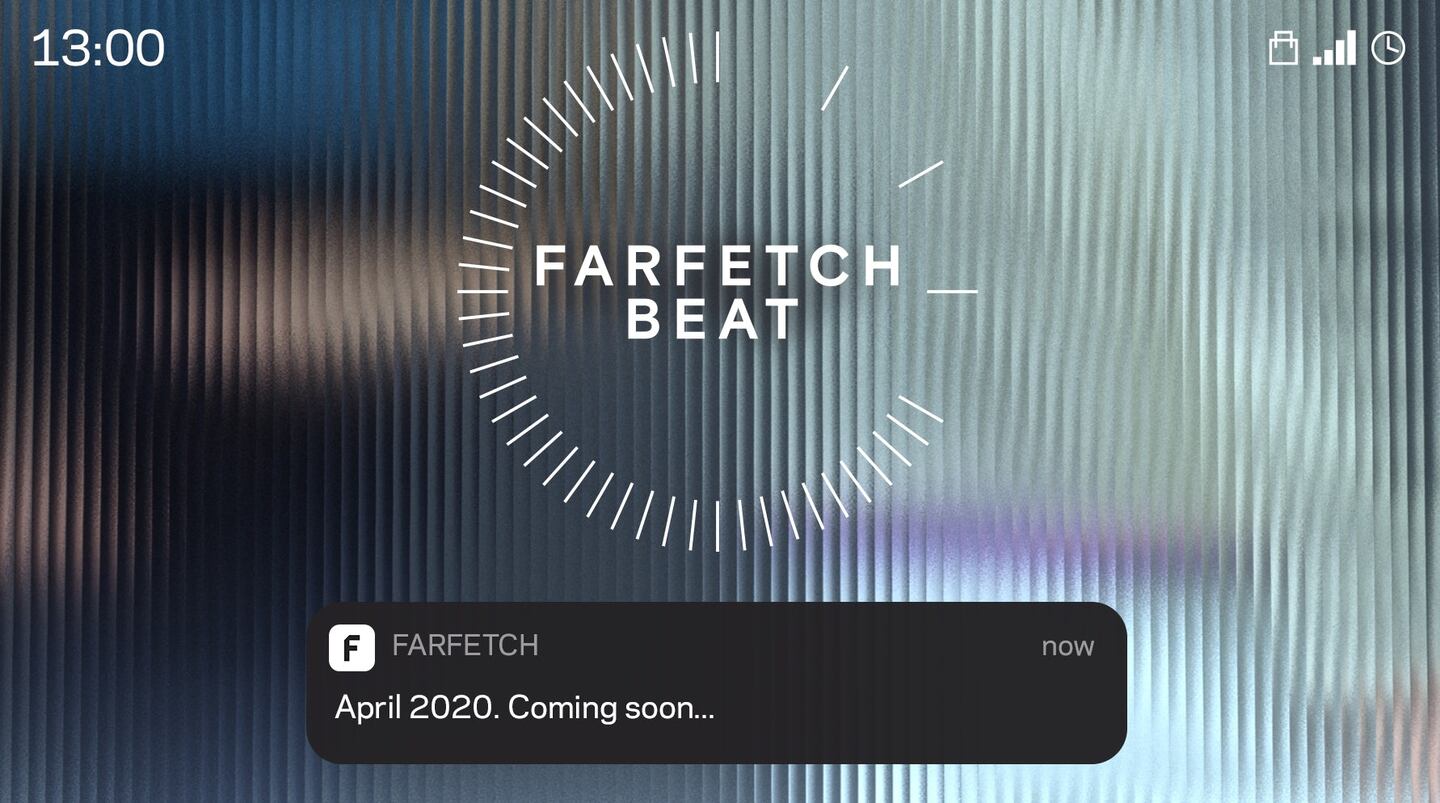
The Business of Fashion
Agenda-setting intelligence, analysis and advice for the global fashion community.

Agenda-setting intelligence, analysis and advice for the global fashion community.

LONDON, United Kingdom — Farfetch started as an online sales platform for independent fashion boutiques, promising shoppers access to the unique edits of hundreds of small business owners.
But as Farfetch has grown, more and more of its products are coming from brands themselves, and Farfetch has struggled to develop its own identity as it races to compete against other multi-brand players like Net-a-Porter and MatchesFashion as well as luxury brands themselves.
Developing an identity that encourages customers to shop from Farfetch on their own accord, and not just because the site is offering a promotion, is key to increasing the company's profitability. With the acquisition of New Guards Group, Farfetch is investing in niche but coveted brands whose distribution it can increasingly control as a way to lure in shoppers online.
Starting in April, Farfetch is adding another prong to this approach. The e-retailer will create its own storefront of sorts in a new strategy called “Beat,” offering a selection of limited-edition items available on Farfetch’s app, with new collections arriving weekly. Most of these collections will be exclusive to Farfetch.
ADVERTISEMENT
The products will be developed by a group of recently acquired Farfetch talent, including Opening Ceremony's Humberto Leon and Carol Lim, Stadium Goods' co-founder John McPheters and New Guards Group Chief Marketing Officer Cristiano Fagnani. Ida Petersson, the buying director at Browns, will also contribute, and the whole initiative is overseen by Holli Rogers, Farfetch's chief brand officer, who is six months into her role.
Rogers said the collections available on Beat will represent a wide range of brands and are not designed to appeal to one specific type of shopper, like the stereotypical streetwear-obsessed Millennial luxury shopper.
The drops will be available in all of Farfetch’s regions at the same time, including China, Russia and North America. The Farfetch team is hoping this global release structure will also be a differentiator, as luxury customers are accustomed to seeing limited-edition releases bound by a specific country.
Rogers said Beat is designed to become a weekly destination that Farfetch customers check for unusual items. “This whole mentality was born out of streetwear," she said. "It has infiltrated everyone’s way of working and living and consumption.”
Farfetch will report its 2019 annual results next week, where analysts will be closely watching to see if the platform has pulled back on promotions.
Related Articles:
[ Farfetch Sees Path to Profitability — in 2021Opens in new window ]
[ Farfetch Gets $250 Million Investment From Tencent and DragoneerOpens in new window ]
The nature of livestream transactions makes it hard to identify and weed out counterfeits and fakes despite growth of new technologies aimed at detecting infringement.
The extraordinary expectations placed on the technology have set it up for the inevitable comedown. But that’s when the real work of seeing whether it can be truly transformative begins.
Successful social media acquisitions require keeping both talent and technology in place. Neither is likely to happen in a deal for the Chinese app, writes Dave Lee.
TikTok’s first time sponsoring the glitzy event comes just as the US effectively deemed the company a national security threat under its current ownership, raising complications for Condé Nast and the gala’s other organisers.